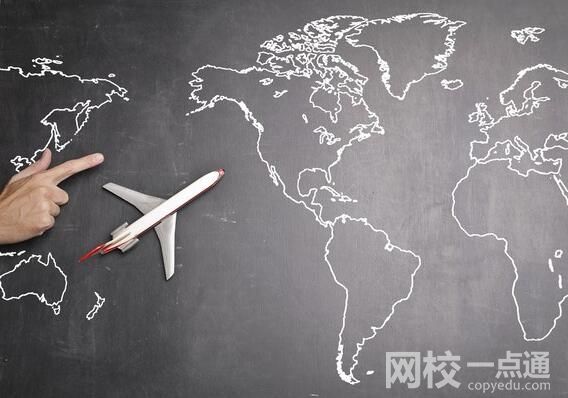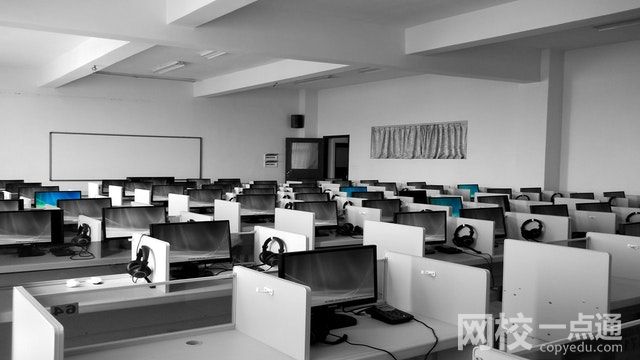翻譯行業的發展趨勢及前景
導讀:?翻譯行業是隨著全球化進程的加速而迅速發展的,它涉及到各種語言和文化之間的溝通,為跨國企業、和個人提供跨語言的交流服務。隨著信息技
?翻譯行業是隨著全球化進程的加速而迅速發展的,它涉及到各種語言和文化之間的溝通,為跨國企業、和個人提供跨語言的交流服務。隨著信息技術的不斷發展,翻譯行業也面臨著新的挑戰和機遇。
用法:
翻譯行業的發展趨勢及前景是指對翻譯行業未來發展方向和前景的預測和分析,可以幫助從事翻譯工作的人員更好地把握市場需求,提升自身競爭力。
例句1:
The translation industry is expected to see a steady growth in the coming years, driven by the increasing demand for cross-cultural communication.
翻譯行業預計在未來幾年將保持穩定增長,受到跨文化交流需求增加的推動。
例句2:
With the rise of global businesses and the spread of digital technologies, the translation industry is facing a promising future.
隨著全球商業的興起和數字技術的普及,翻譯行業面臨著光明的前景。
例句3:
The development of artificial intelligence has greatly impacted the translation industry, but human translators are still needed for their cultural and linguistic expertise.
人工智能技術的發展對翻譯行業產生了巨大影響,但人類翻譯仍然需要其文化和語言專業知識。
例句4:
As more and more companies expand their global presence, the demand for translation services is expected to continue to grow in the future.
隨著越來越多的公司擴大全球業務,未來對翻譯服務的需求預計將繼續增長。
例句5:
The translation industry is evolving with the advancement of technology, and translators are required to constantly update their skills to stay competitive.
隨著技術的進步,翻譯行業也在不斷發展,翻譯人員需要不斷更新自己的技能以保持競爭力。
同義詞及用法:
1. Translation market:翻譯市場
2. Language services industry:語言服務行業
3. Localization industry:本地化行業
4. Interpreting sector:口譯領域
5. Cross-cultural communication field:跨文化交流領域
上一篇:網絡用語kls是什么意思?
下一篇:非主流翻譯怎么理解?
-
 salina是什么意思英文翻譯2024-10-31 15:49:57Salina是什么意思?Salina是一個拉丁語詞匯,意思是鹽湖或鹽湖地。它可以指湖泊或湖泊的地形,或者指湖泊的水體。鹽湖通常是一種淡水湖,但
salina是什么意思英文翻譯2024-10-31 15:49:57Salina是什么意思?Salina是一個拉丁語詞匯,意思是鹽湖或鹽湖地。它可以指湖泊或湖泊的地形,或者指湖泊的水體。鹽湖通常是一種淡水湖,但 -
 saline是什么意思英文翻譯2024-10-31 15:49:38Saline一詞源自拉丁文sal,意思是鹽。因此,saline是指含有鹽的溶液,或者是其他化學物質,如碳酸鈉和氯化鈉。溶液的類型Saline溶液可以分
saline是什么意思英文翻譯2024-10-31 15:49:38Saline一詞源自拉丁文sal,意思是鹽。因此,saline是指含有鹽的溶液,或者是其他化學物質,如碳酸鈉和氯化鈉。溶液的類型Saline溶液可以分 -
 sally是什么意思英文翻譯2024-10-31 15:49:22Sally是什么意思?Sally是一個英文名字,它的意思是來自薩利的人,這是一個古老的耶路撒冷名字。這個名字最早出現在古代希臘文中,后來被希
sally是什么意思英文翻譯2024-10-31 15:49:22Sally是什么意思?Sally是一個英文名字,它的意思是來自薩利的人,這是一個古老的耶路撒冷名字。這個名字最早出現在古代希臘文中,后來被希 -
 salmon是什么意思英文翻譯2024-10-31 15:49:03Salmon是什么意思?Salmon是一種魚類,它是一種屬于鮭科的魚類,也是一種常見的商業性魚類。它的英文名稱是Salmon,中文名稱叫做三文魚。三
salmon是什么意思英文翻譯2024-10-31 15:49:03Salmon是什么意思?Salmon是一種魚類,它是一種屬于鮭科的魚類,也是一種常見的商業性魚類。它的英文名稱是Salmon,中文名稱叫做三文魚。三





